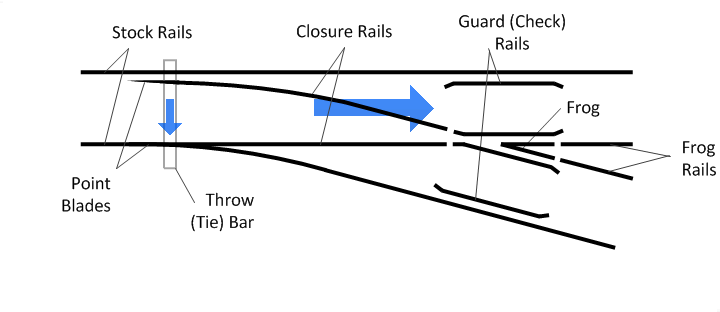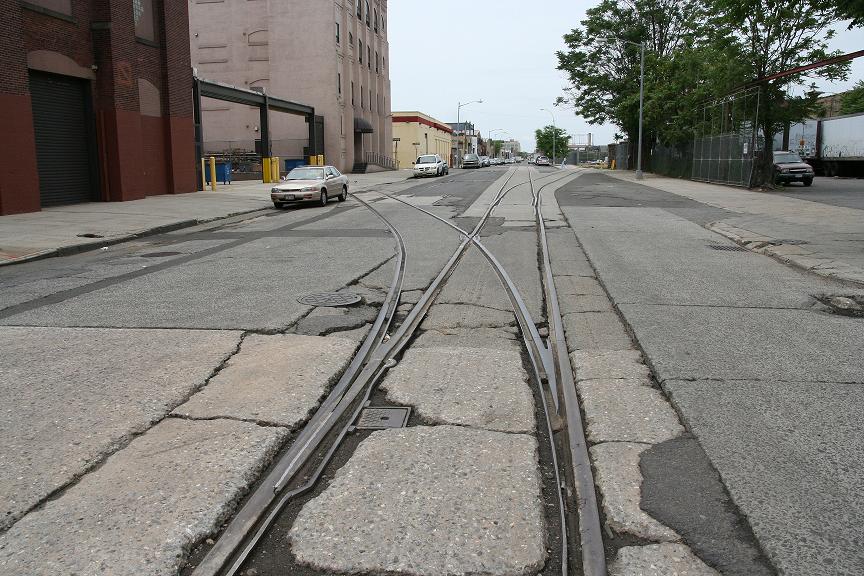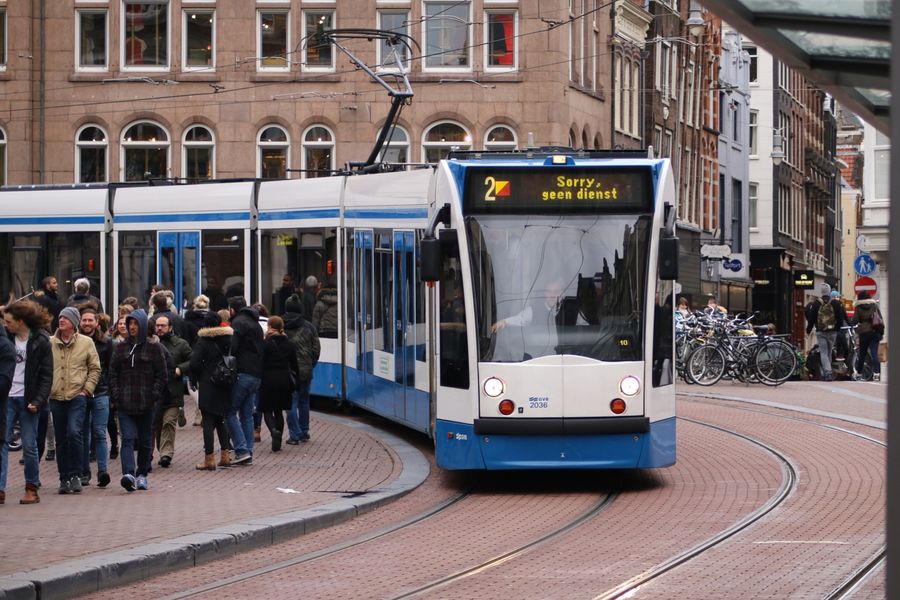From
link.
Priority Strategies
There are generally two classes of TSP strategies, passive and active. Passive priority strategies give priority to transit vehicles without the need for transit vehicle detection. Conversely, active priority strategies provide priority to transit vehicles after a transit vehicle is detected and priority conditions are met. The selection of an appropriate strategy depends on the characteristics of the transportation network, objectives of the transit agency, cost considerations, and factors associated with the performance of the traffic signal controller.
Passive Priority
Passive priority strategies mainly consist of signal timing modifications favoring the transit vehicle, but may also include geometric or infrastructure enhancements. These strategies include phase splitting, progression/coordination to favor priority vehicle movements, increasing the priority phase split, or queue jumps. Passive priority strategies are useful for applications where the transit service is moderate to heavy and uniform throughout the day, and overall traffic conditions are light to moderate. The advantages of passive priority are ease of implementation, low costs, and the ability to change plans dependent upon changing conditions of traffic and transit operations. Disadvantages may include increased delay to side-street traffic, excessive allocation of green time to priority movement, increased signal maintenance, or dissatisfaction from the general public. Furthermore, if the transit headways are large, as is generally the case in small-medium size cities, these strategies may induce unnecessary delay to the entire system when busses are not present. The other TSP strategy class, active priority, can address some of the disadvantages of a passive priority strategy, however, at different expenses.
Active Priority
Active priority strategies are dynamic signal timing enhancements, where the signal phases are modified upon the detection of a transit vehicle. This strategy provides for an efficient operation of the signal by responding to the transit call and then returning to normal operations after the call has expired or serviced. Active priority strategies are further classified into two types: conditional and unconditional. Conditional priority is awarded to a detected bus when conditions are met, such as the number of passengers, the schedule adherence of the route, or the time since last priority was awarded. Urbanik and Holder (1977) describe unconditional active transit priority as a strategy where transit vehicles receive green extensions or red truncations whenever needed, regardless of cross street queue lengths or the time since priority was last granted (as cited in Garrow and Machemehl, 1997). Active transit signal priority strategies include the following types:
• Early Green (Early Start or Red Truncation of Priority Phase),
• Extended Green (or Phase Extension of Priority Phase),
• Phase Insert (or Special Phase), and
• Phase Suppression.
Early green strategy is the process indicating a green light prior to the normal start of a priority movement phase. This process is done by shortening the green time of the opposing phase, without violating the minimum green time, pedestrian movements, or clearance intervals, and returning to the priority phase. Extended green is similar to early green in the sense that the opposing phases are shortened after the priority phase was extended. Both methods are intended to allow for the passage of the transit vehicle in the most efficient manner, dependent upon the arrival time within the cycle. These strategies are the most common methods applied, as will be discussed in Chapter III. However, each strategy should be evaluated depending on the type of transit movement and characteristics of the signalized intersection. Figure 2.1 provides a graphical comparison between early green and extended green strategies.

Phase insert is the application of a special “transit only” phase introduced into the normal signal operations. This strategy may be applied through exclusive turning movement phases or through an additional phase for the transit movement. Phase insert is applicable for long cycle lengths where there is adequate room for the minimum green times and clearance intervals for the inserted phase. Similarly, phase suppression is the process of allowing phases to be skipped, permitting the transit phase to be serviced. This strategy may be suitable where there are several turning movement phases, such as leading left-turn phases.










